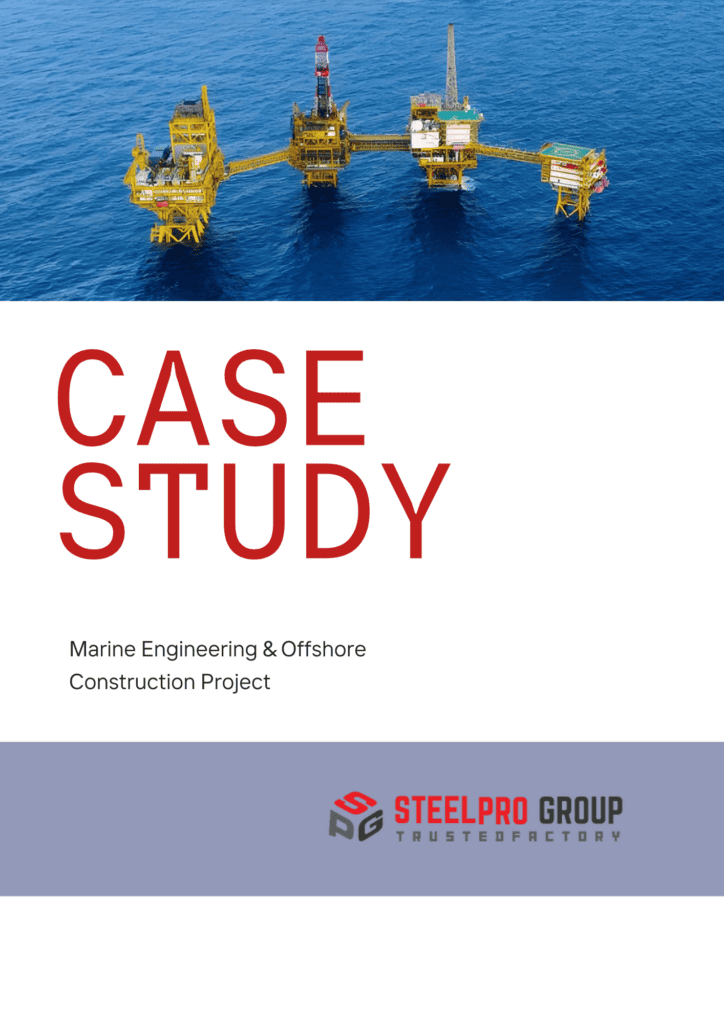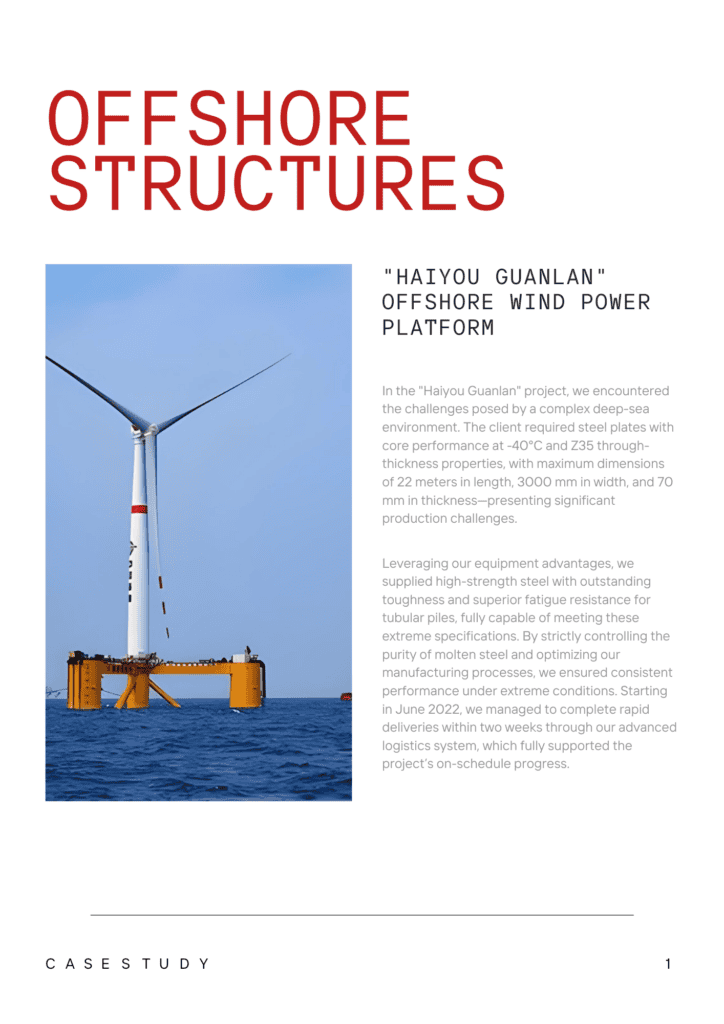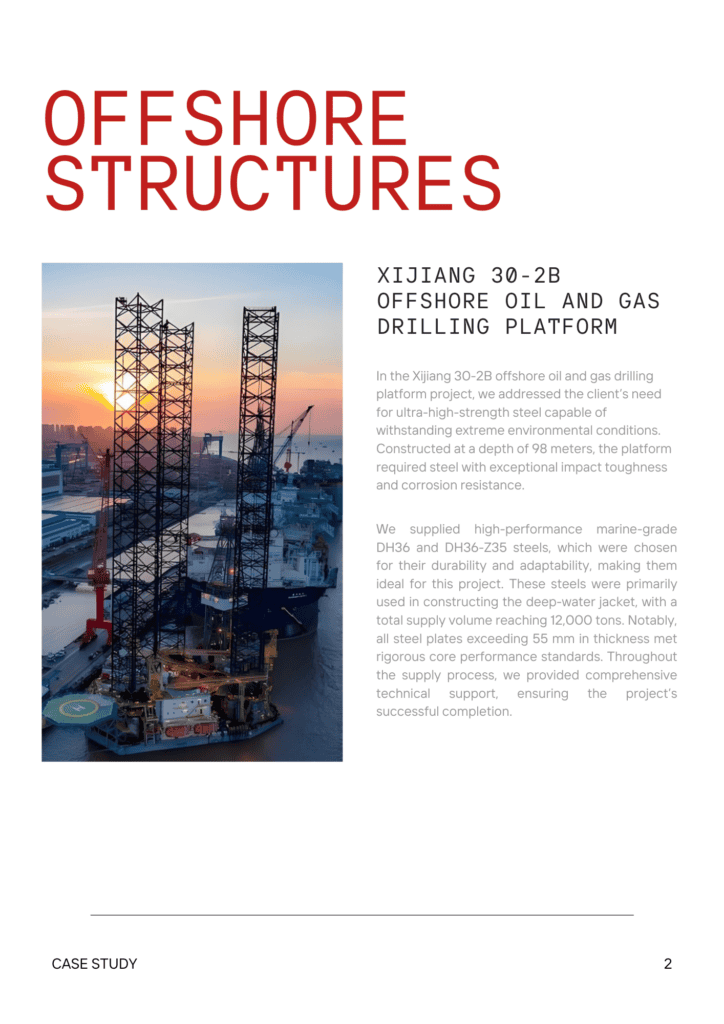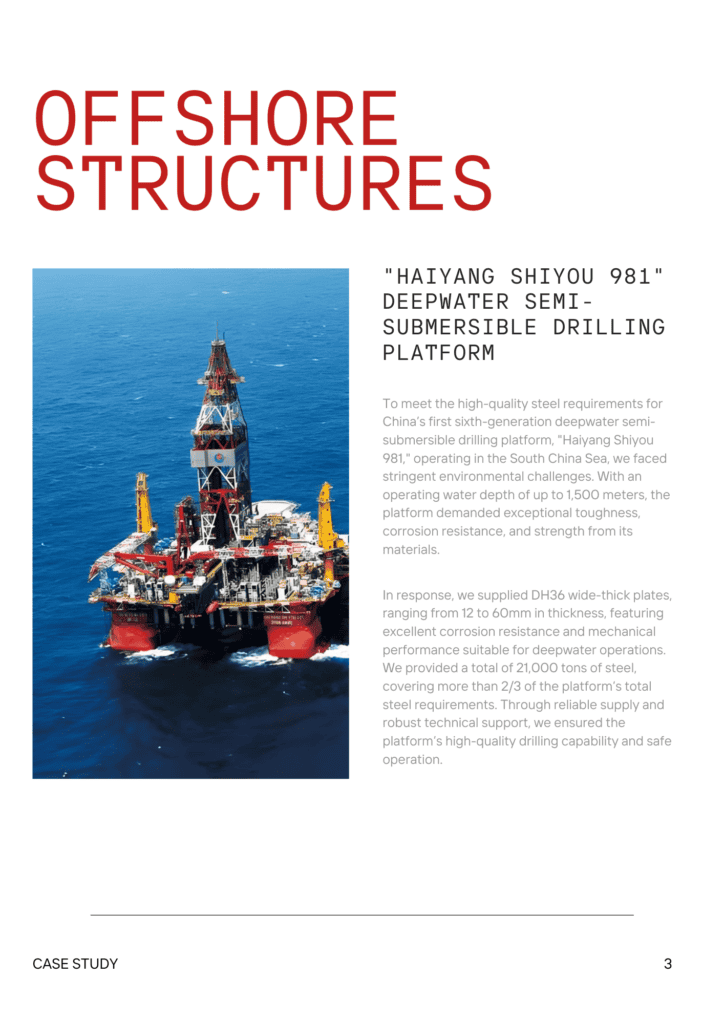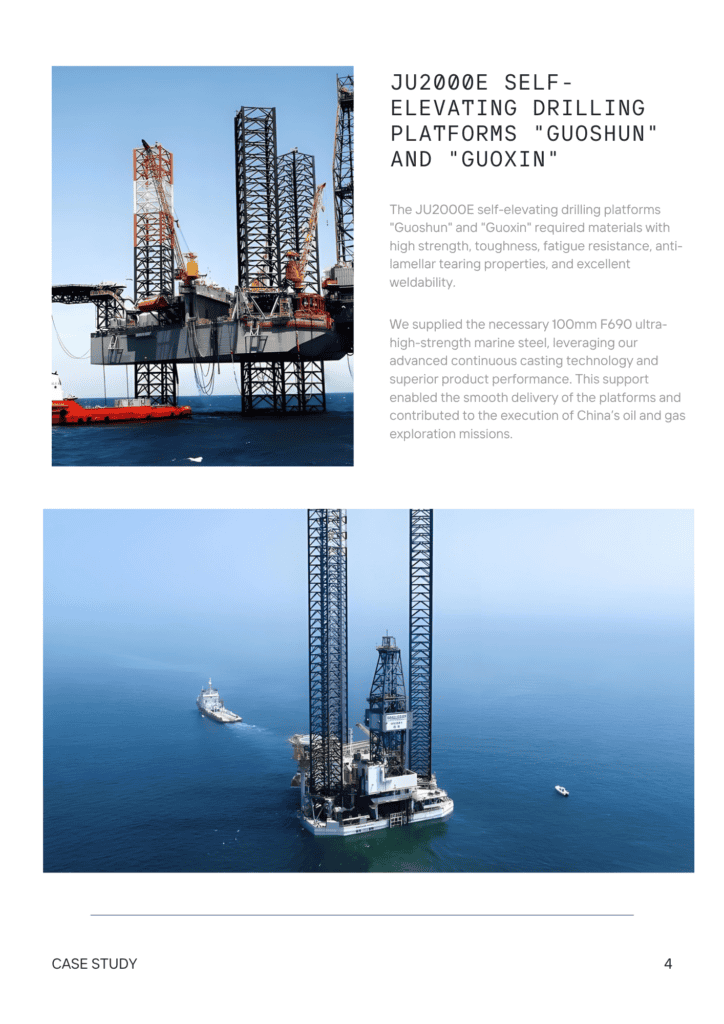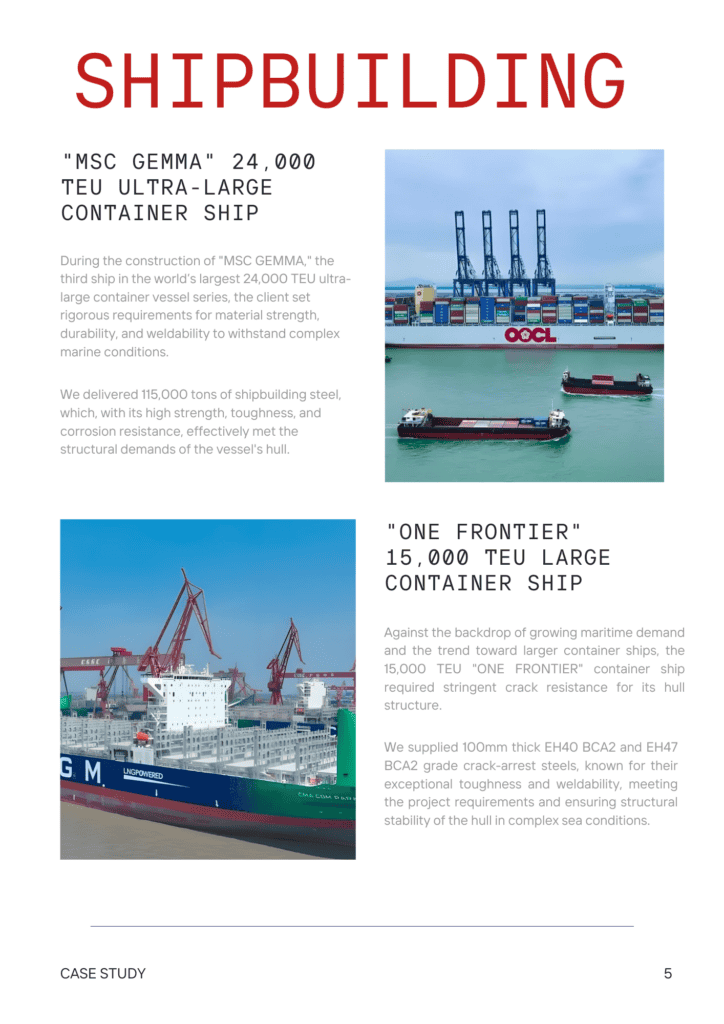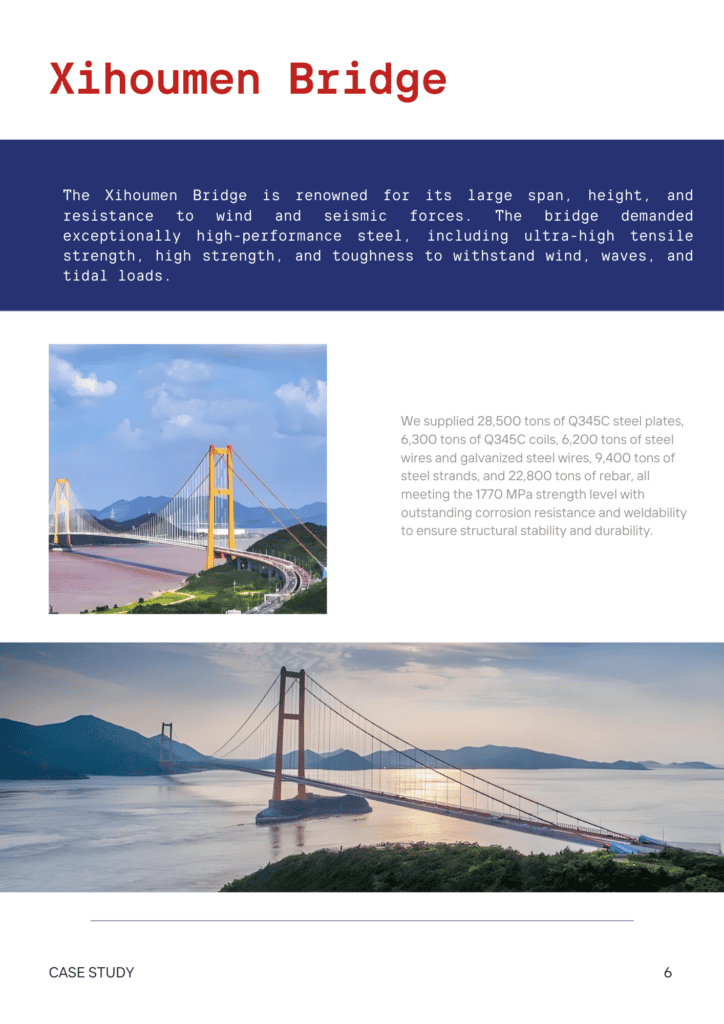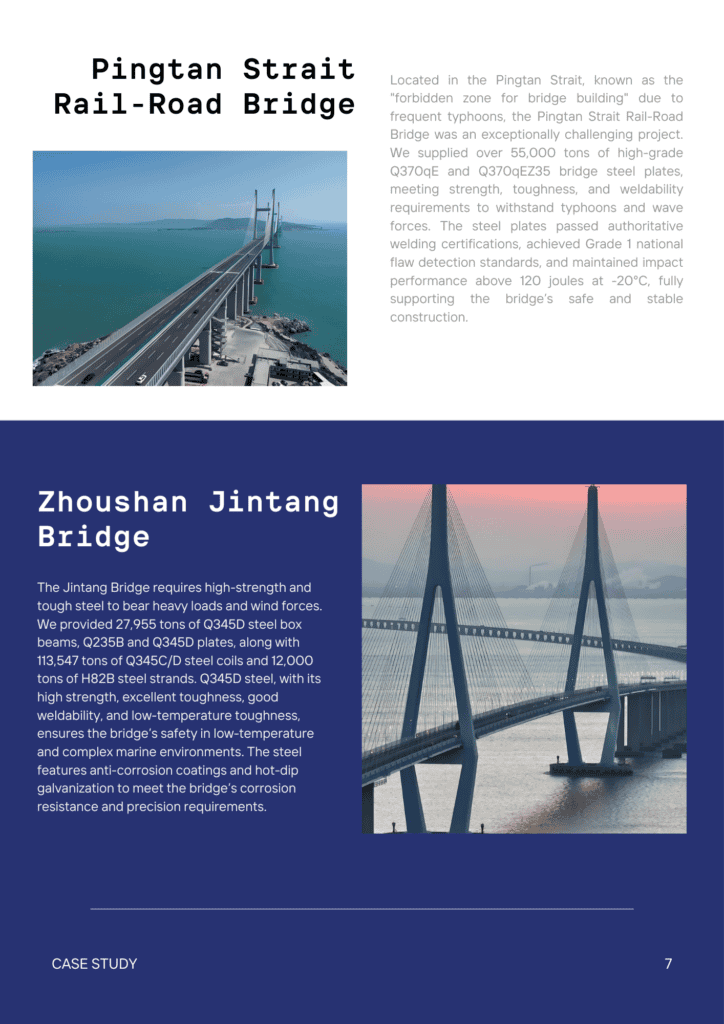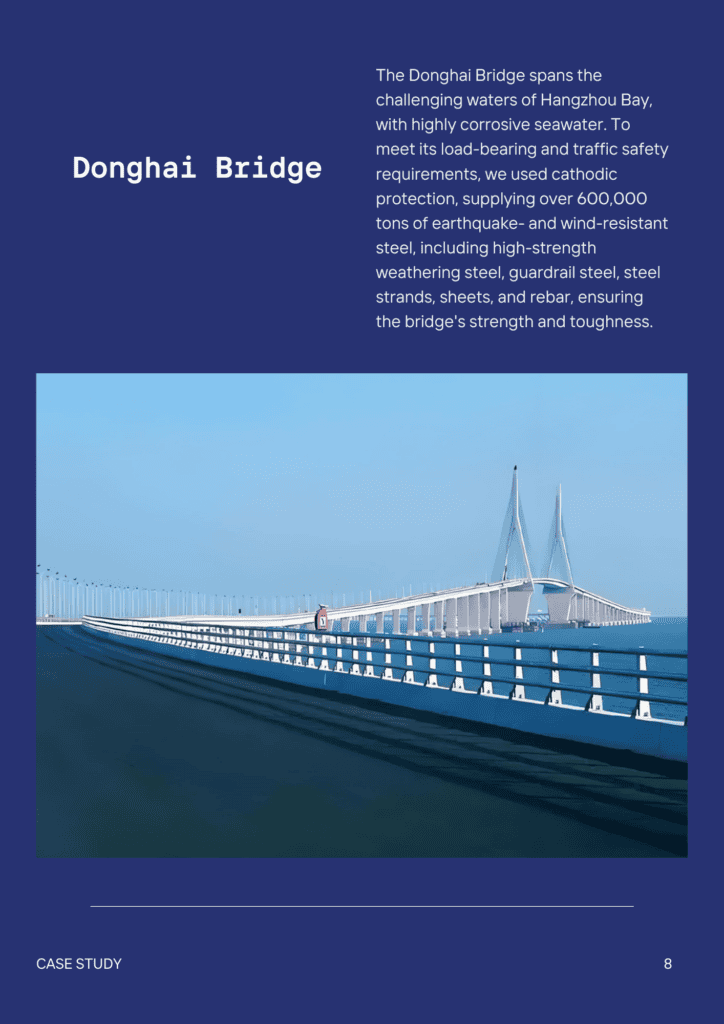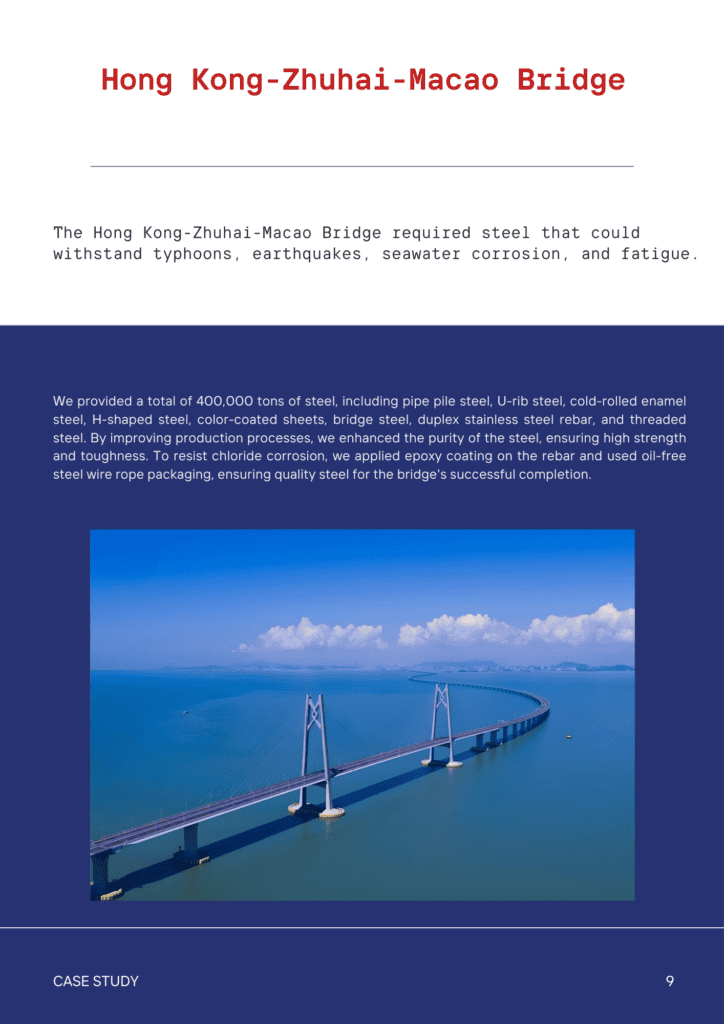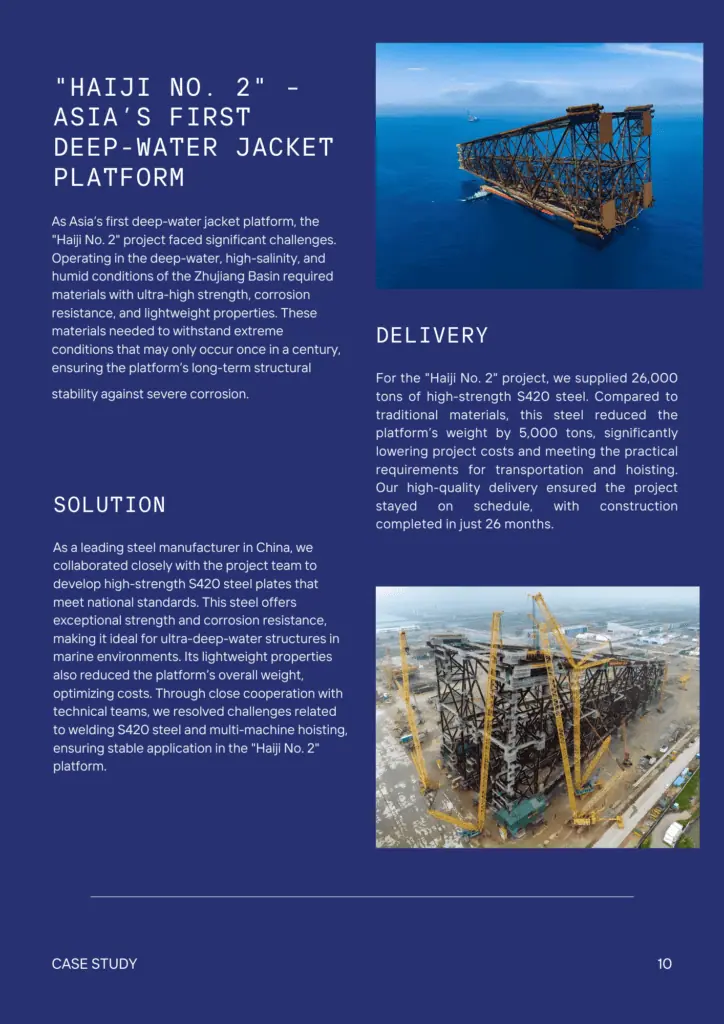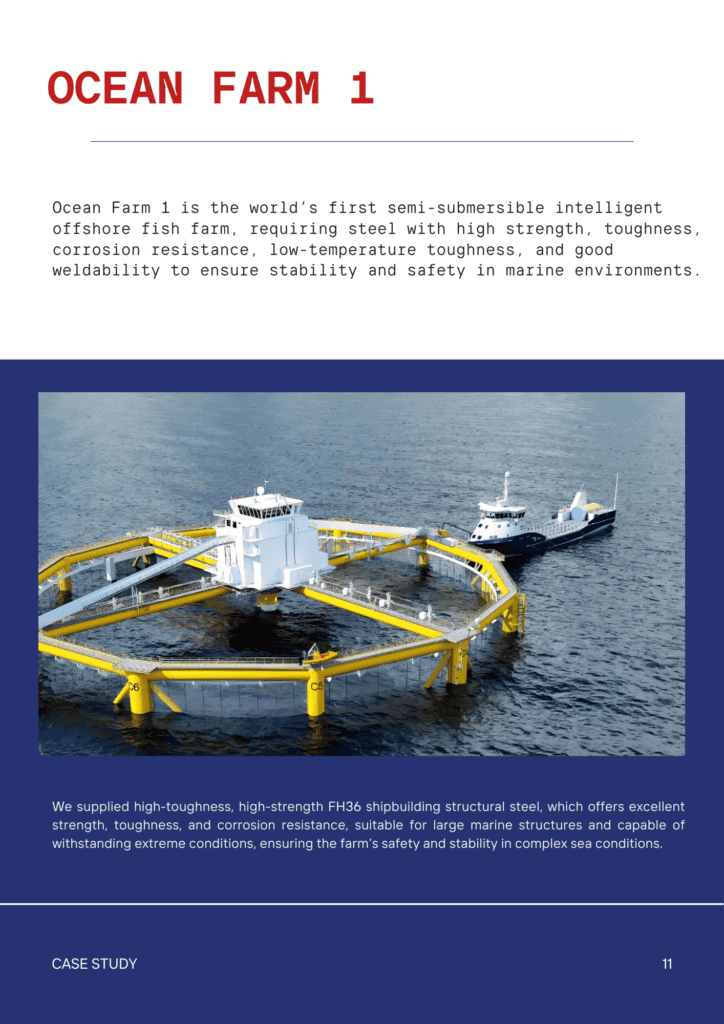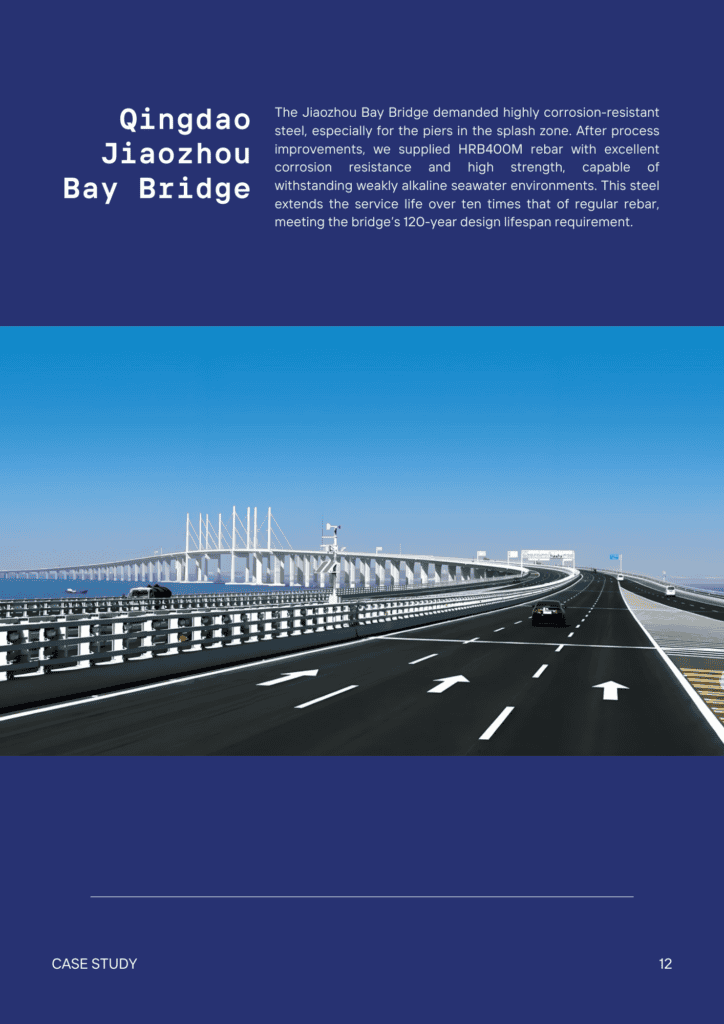Nuclear Power Steel That Will Resist High Radiation Levels
As the need for low-background steel grows, our advanced materials offer exceptional protection against radioactive environments and minimize background radiation.
EXCEPTIONAL RADIATION
SHIELDING
Our nuclear steel offers exceptional radiation protection in nuclear power plants, ensuring safety for equipment and personnel. This high-performance steel supports efficient and safe nuclear energy generation by minimizing radiation risks in demanding environments.
SUPERIOR DURABILITY
AND LONGEVITY
With high radiation-induced wear and tear resistance, our nuclear steel maintains its integrity and functionality over long periods, making it a reliable energy source. This durability reduces the need for frequent replacements and maintenance.
ENHANCED STRUCTURAL
INTEGRITY
Our nuclear steel exhibits superior mechanical properties, including high strength and toughness, making it ideal for critical applications in the nuclear industry, such as nuclear reactors and other high-stress environments.
Types of Nuclear Steel
In nuclear applications, steel types like SA508, SA533, 304L, 316L, and SA516 are essential for their strength, corrosion resistance, and weldability in reactor vessels and piping, ensuring plant reliability. These are nuclear grade steel.
- SA508: Used for nuclear reactor pressure vessel steel.
- SA533: Also used for nuclear reactor pressure vessel steel.
- 304L: Stainless steel used for nuclear power plant piping and structural components.
- 316L: Stainless steel known for its corrosion resistance, used in nuclear power plant piping and equipment.
- SA516 (Grades 60, 65, 70): Carbon steel plates used for nuclear reactor pressure vessels.
- SA387: Alloy steel plates used in nuclear reactor pressure vessels and heat exchangers.
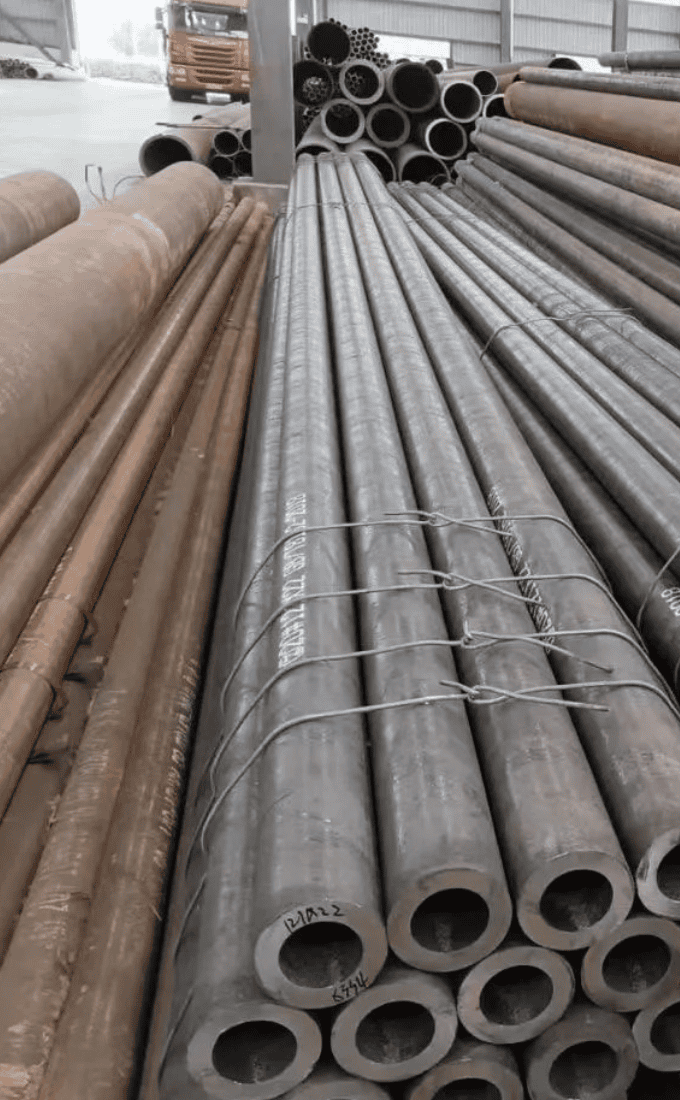
| Grade | Yield Strength (MPa) | Brinell Hardness (HB) | Rockwell Hardness (HRB) | Vickers Hardness (HV) | Tensile Strength (MPa) | Melting Point (°C) | Density (g/cm³) | Modulus of Elasticity (GPa) |
|---|---|---|---|---|---|---|---|---|
| SA508 | ~350-450 | 135-179 | B75-85 | 140-210 | 550-690 | ~1400-1450 | 7.8 | 200 |
| SA533 | ~345-485 | 125-185 | B70-90 | 130-220 | 485-655 | ~1400-1450 | 7.8 | 200 |
| 304L | ~170-310 | 130-190 | B70-90 | 140-220 | 485-620 | 1400-1450 | 7.9 | 193 |
| 316L | ~170-290 | 140-190 | B75-95 | 150-220 | 485-620 | 1375-1400 | 7.9 | 193 |
| SA516 | ~260-380 | 110-170 | B60-85 | 115-210 | 485-620 | 1400-1450 | 7.85 | 200 |
| SA387 | ~310-515 | 140-200 | B70-95 | 150-240 | 550-760 | ~1350-1400 | 7.85 | 200 |


